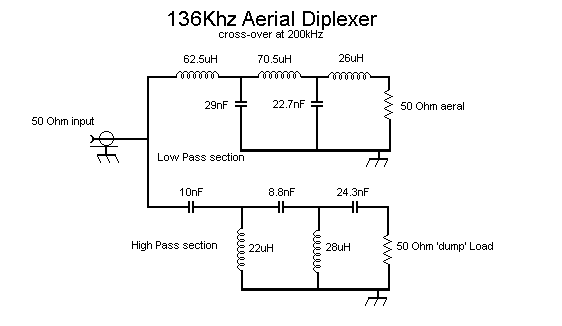Hi all, thanks to Jim and Bob for their comments. Yes Jim I was worried
about the little jiggle I saw when I simulated a 'tuned' antenna on the end,
but
my thought was that it was at least at the wanted frequency. To Bob, I think
the efficiency of the PA is only high if you calculate the input power to
the
'total' output power (wideband), the harmonic power doesnt 'improve your QSO
getting potential' surely as its in the BC band in Europe!! Isn't it the
case that the harmonic power is not reflected back to the the PA , where it
could cause trouble but the input to the diplexer can still be a square
wave, giving high efficiency in terms of the heat generated on the heatsink.
(or am I up the wrong tree ??) The suggestion (from Dick ) was that the PA
instability on tuning up the aerial may have been caused by the response of
the aerial to the harmonics in the square waveform. I suppose if the PA is
unconditionaly stable (like the Class A circuits) it doesnt matter too much.
I have run another calculation based on 200kHz cross-over which will avoid
the problem I think that Jim saw. (GIF file attached....note these values
were not simulated yet so check that they bear a constant ratio ...200/160
....to the 160kHz crossover values before spending a lot of time winding
coils!)
The point I can't quite get a handle on is " would the tuning wierdies be
worse with the harmonics successfully absorbed, than with a straight LP
filter" I think the best solution to that one may be the "suck it and see
test". Certainly the response of the diplexer input at the harmonic looks
'benign'.
Cheers de Alan G3NYK
[email protected]

|

